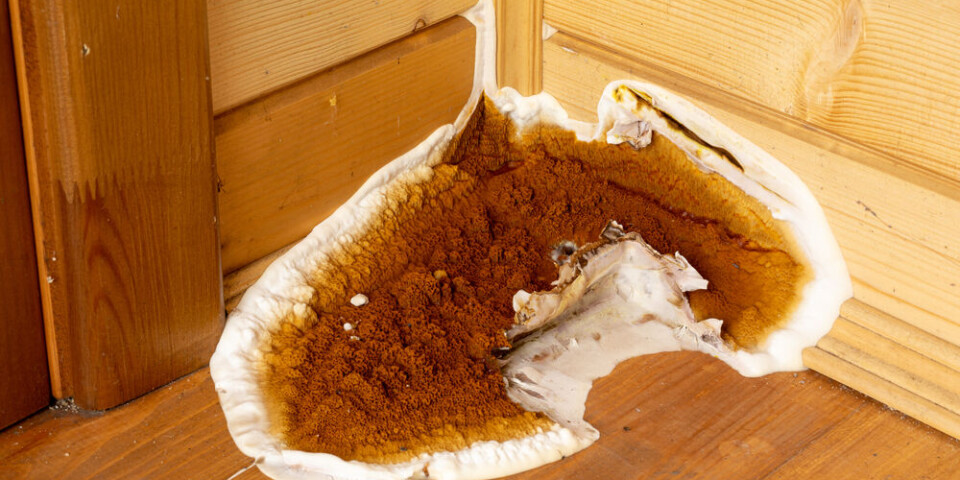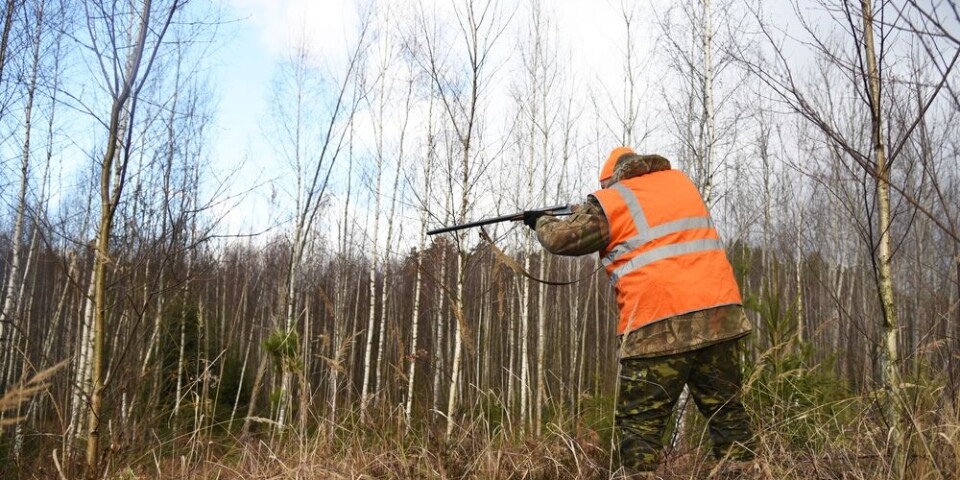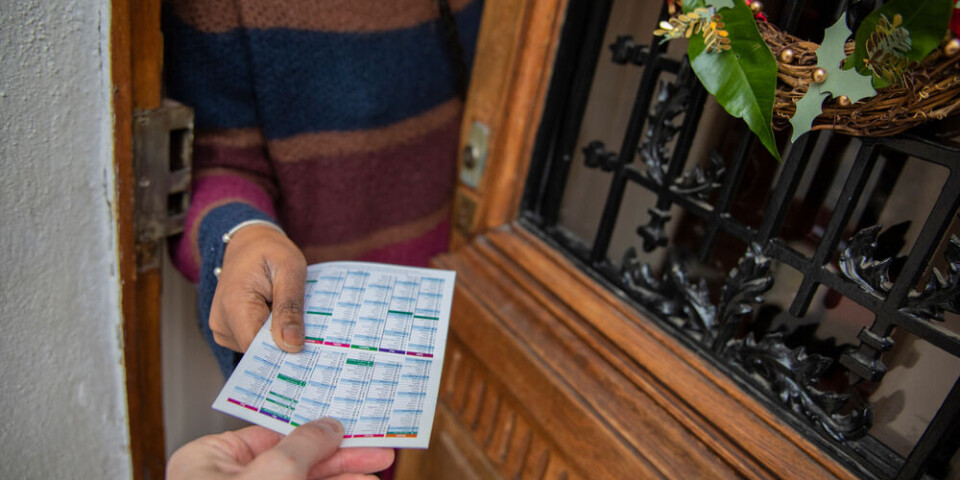-
Undergrowth clearance rules now in place across Var
New regulations affect most of department but aim to protect biodiversity
-
November gardening: tips for the perfect 'hot bed'
Great advice for adding some fiery colour to your garden this autumn and beyond
-
What you need to know when collecting rainwater in France
The rules are complex and depend on what you plan to do with it
A firm hand is required in autumn
In her first French garden dispatch, Cathy Thompson is pruning and grafting

Fruit has a special place at the heart of French culture. Whether it be grapes, pears, apples or the little mirabelle plums so beloved of housewives in Lorraine (where I garden), this is a country that rejoices in appreciation of what’s in season. As for the French love affair with fruit grown in exceptionally ornamental shapes, it began to flourish at a stage when most of the rest of Europe was just plucking apples off semi-wild trees.
Consequently, I’d be surprised to hear of anyone moving into a French house and garden who had not inherited a top-heavy grapevine on a spindly support or an old apple tree crying out for attention. October is certainly a month to begin planting new stock, but it’s also a good time to plan your assault on the overgrown vine.
First off, get rid of the old tottering ‘pergola’ construction right now and replace it with a stronger structure; a vine carries a lot of weight and your support is the canvas on which you paint the fruit. Then, don’t be frightened of your vine. It’s (almost) impossible to kill a grapevine.
From early winter you can get the secateurs out, but you may be warned fiercely against pruning after Christmas, in case the plant bleeds. If you get late frosts after pruning, they may well severely weaken a plant which has already lost the sap (minerals and sugars) protecting it from frost. However, being congenitally late, I’m often pruning in March and there’s never been any harm done. This is the point at which you’ll be grateful for having created the sturdy structure and you’ll have a chance to create a more appropriate shade-giving canopy.
Cut as much old wood out as you want in winter, leaving only the strong permanent branches that cover your structure; then prune the growth from each of these branches so that you are left with an array of very short (2-3 bud) spurs to produce vigorous, summer-fruiting growth.
Summer pruning after the grapes have begun to set is where the balancing act between shade and fruit has to be carefully considered. You are pruning back the young growth to only 2-3 leaves above the point where your fruit is maturing.
Sometimes, for the sake of shade, you’ll have to leave fruit in a more shaded position while it ripens, simply because you don’t want to sacrifice the foliage cover; or perhaps snip the odd bunch out because there are too many for the branch to productively support. This, fortunately, is one of those zen jobs you can save for the evening with a glass of wine in your hand (lucky you if it comes from your own grapes!).
As for pests and diseases, the only ones to which we pay any mind are birds and wasps. Although I like the flutter of bird wings when I open the door to the garden in the morning, I’m aware that they’ve probably consumed a fair bit of my crop. Now we allow the birds a bit of a feed on the wine grapes that grow under our pergola, but are starting to use the purpose-made paper bags (housses à fruits) around individual bunches on a dessert grape that grows elsewhere.
If planting vines for next year, shop now and buy at your local market, choosing the cultivars best suited to your own terroir.
What about grafting your own apple, pear and plum varieties, rather than ordering a ‘one size fits all’ version from a nurseryman? Joining the heritage fruit society known as Croqueurs de Pommes (croqueurs-national.fr) is to venture into an important (and edible) slice of French history.
Did you know, for example, that the greengage (a smaller, but equally juicy version of the plum) was first selected in France? The archetypal greengage is ‘Reine Claude Verte’ (said to be virtually identical to the original) and named for the queen of Francis 1 who hosted Anne Boleyn at her court during her brief sojourn here. This little plum looks sour, but is as sweet as you like, as is its partner ‘Reine Claude Violette’. Easy to graft, too.
If you become a Croqueur you’ll be able to graft as many fruit trees as you like for the princely price of a rootstock (currently about €1.50 a piece). This is the part of the plant onto which your choice of variety is set – the scion (variety) is free from local growers at the annual bourse aux greffons, usually held around the beginning of February.
Now and into November is the time to contact your local Croqueurs association and order your rootstocks. I’m a poor carpenter, but even I can manage the whip and tongue graft that the French call ‘English’.
To my shame, I must admit that my first three successes were with ‘Cox’s Orange Pippin’ (apples are the easiest fruit to graft)… and apples don’t come more English than that.
TOP TIP
I collect envelopes throughout the year and save my seed into them from August onwards. Any seed saved into a plastic bag will rot before you clean it later in the winter. I always clean my seeds before sowing, because small bits of chaff tend to set up fungal growth in seed pots. Although we have very cold winters, broad beans sown in October always come through and provide a May crop.
JUST A THOUGHT...
Have you considered belonging to a seed-saving network, or are you already a member of one? All that’s needed is a central administrator and the cost of the postage when you want to receive seed. Would you only be interested in receiving seed harvested in your own region? What kind of seed would you like to try next year?
Let us know by writing to Cathy at editorial@connexionfrance.com.
Read Cathy’s blog at gardendreamingatchatillon.wordpress.com
























